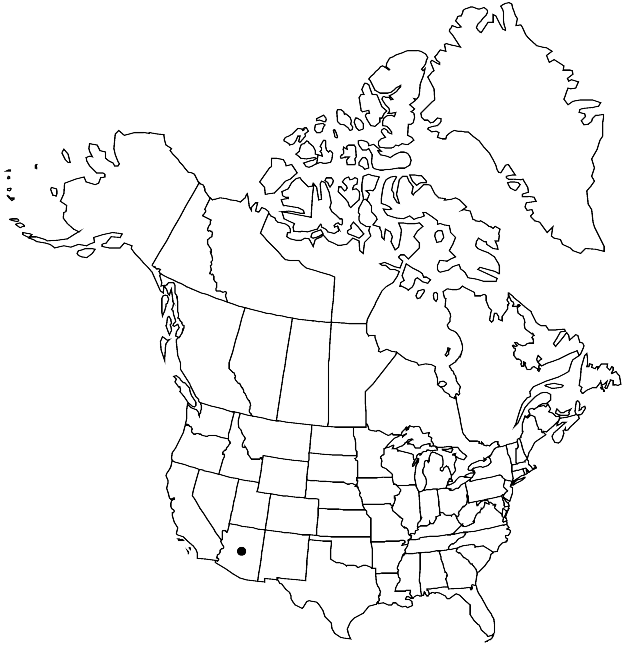Difference between revisions of "Orthotrichum pallens var. johnseniae"
Bryologist 74: 162, figs. 13 – 16. 1971.
Endemic
imported>Volume Importer |
imported>Volume Importer |
||
| Line 48: | Line 48: | ||
|publication year=1971 | |publication year=1971 | ||
|special status=Endemic | |special status=Endemic | ||
| − | |source xml=https:// | + | |source xml=https://bitbucket.org/aafc-mbb/fna-data-curation/src/2e0870ddd59836b60bcf96646a41e87ea5a5943a/coarse_grained_fna_xml/V28/V28_85.xml |
|genus=Orthotrichum | |genus=Orthotrichum | ||
|species=Orthotrichum pallens | |species=Orthotrichum pallens | ||
Latest revision as of 21:38, 5 November 2020
Stem leaves broadly lanceolate to lanceolate; margins entire; apex narrowly obtuse or bluntly acute. Seta 0.5–1 mm. Capsule oblong-cylindric, 1.5–2 mm; exostome teeth recurved-reflexed, finely papillose; endostome segments 8, of 1 row of cells, shorter than exostome, smooth. Calyptra sparsely hairy. Spores 13–20 µm.
Habitat: Basaltic boulders in spruce-popular forests
Elevation: high elevations (3000 m)
Discussion
Variety johnseniae is distinguished by its hairy calyptrae. The capsules have eight endostome segments and are shorter and moderately constricted below the mouth. The stomata are barely covered with subsidiary cells which usually have their interior walls thickened, and the exostome teeth tend to be somewhat recurved instead of reflexed.
Selected References
None.
Lower Taxa
None.
